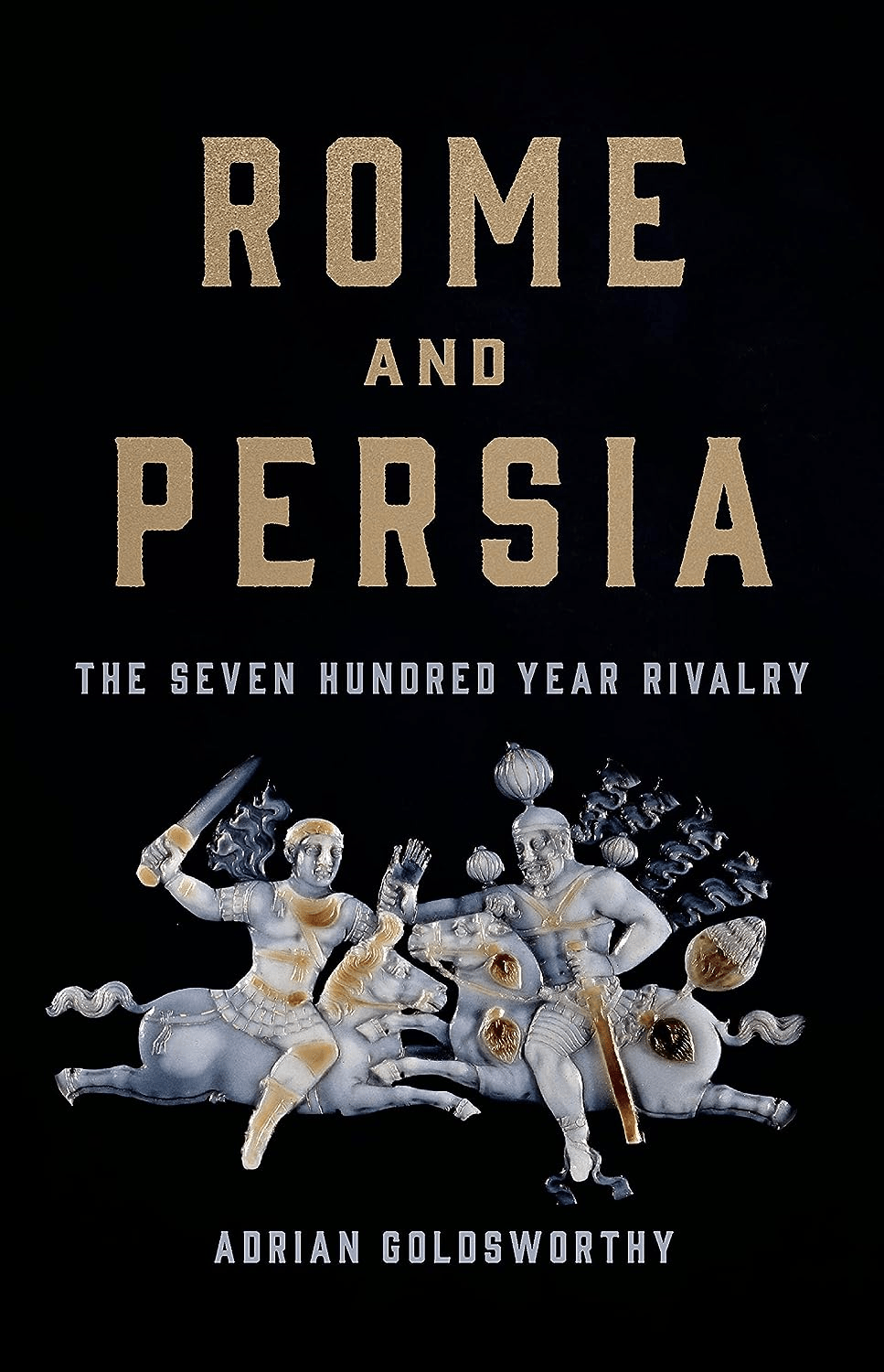
A Brief Introduction to Astronomy in the Middle East
Charles Sweeney
Steele, John M.
2008, Saqi, 978-0-85356-428-4, $11.95 pb
Professor John Steele, whose specialty is the history of Mesopotamian astronomy, traces the science back to the Babylonians, beginning with the origins and development of schemes for modeling planetary motion, and discusses their lunar calendar of 29- and 30-day months. The conquests of Alexander the Great allowed Greco-Roman astronomers to draw on these sources and construct ever more accurate models. Early Islamic practice relied on astronomical observations to determine the times of prayer and the direction of Makkah. Steele reveals how medieval Islamic advances in astronomy, and the design of precise instruments such as the astrolabe, led to later breakthroughs by Renaissance figures like Copernicus and Kepler. Perhaps the most important legacy from the Middle East is the very idea of astronomy as a science and the application of mathematics to celestial observations.
You may also be interested in...
.png?cx=0.44&cy=0.65&cw=382&ch=487.6595744680851)
Zeina Abirached’s Art Uncovers Urgency of Wisdom in Gibran’s The Prophet
Kahlil Gibran’s 1923 classic is given new life, as Abirached’s graphic novel blends Lebanese artistry with the late author’s timeless wisdom.
In War and Peace, Book Explores How Rome and Persia Remained Frenemies
Book Review: In his latest scholarly work, Roman historian Adrian Goldsworthy reduces Persian and Roman longevity to simply an ever-evolving coexistence.